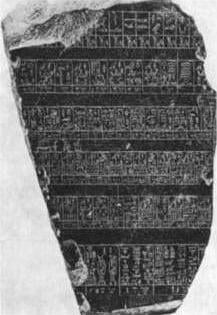
Origin of the ancient Egyptians CHEIKH ANTA DIOP
the following is a partial reprint from the publication:
General History of Africa 2: Ancient Civilizations of Africa
The Egyptians as they saw themselves
did they put themselves? What did they call themselves? The language and literature left to us by the Egyptians of the Pharaonic epoch supply
explicit answers to these questions which the scholars cannot refrain from minimizing, twisting or 'interpreting'.
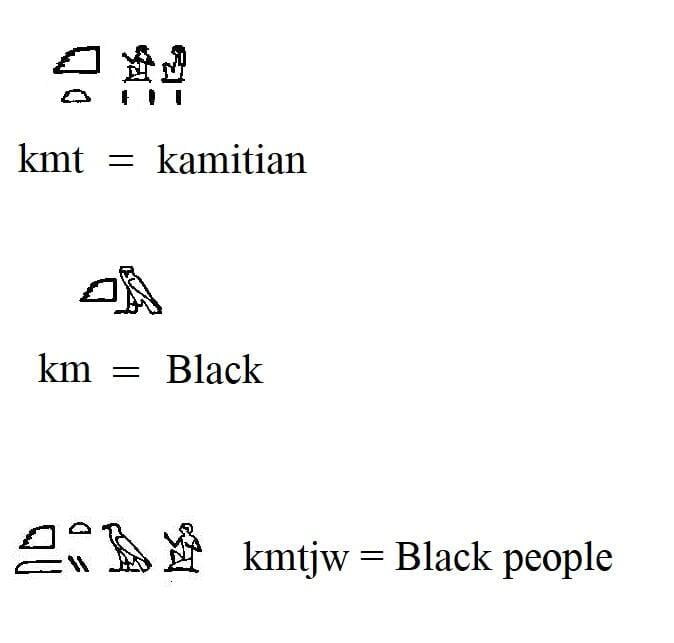
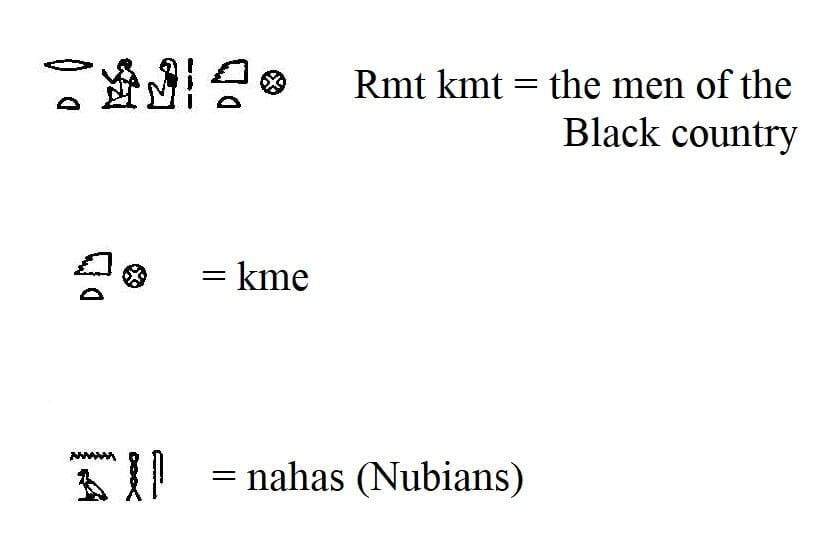
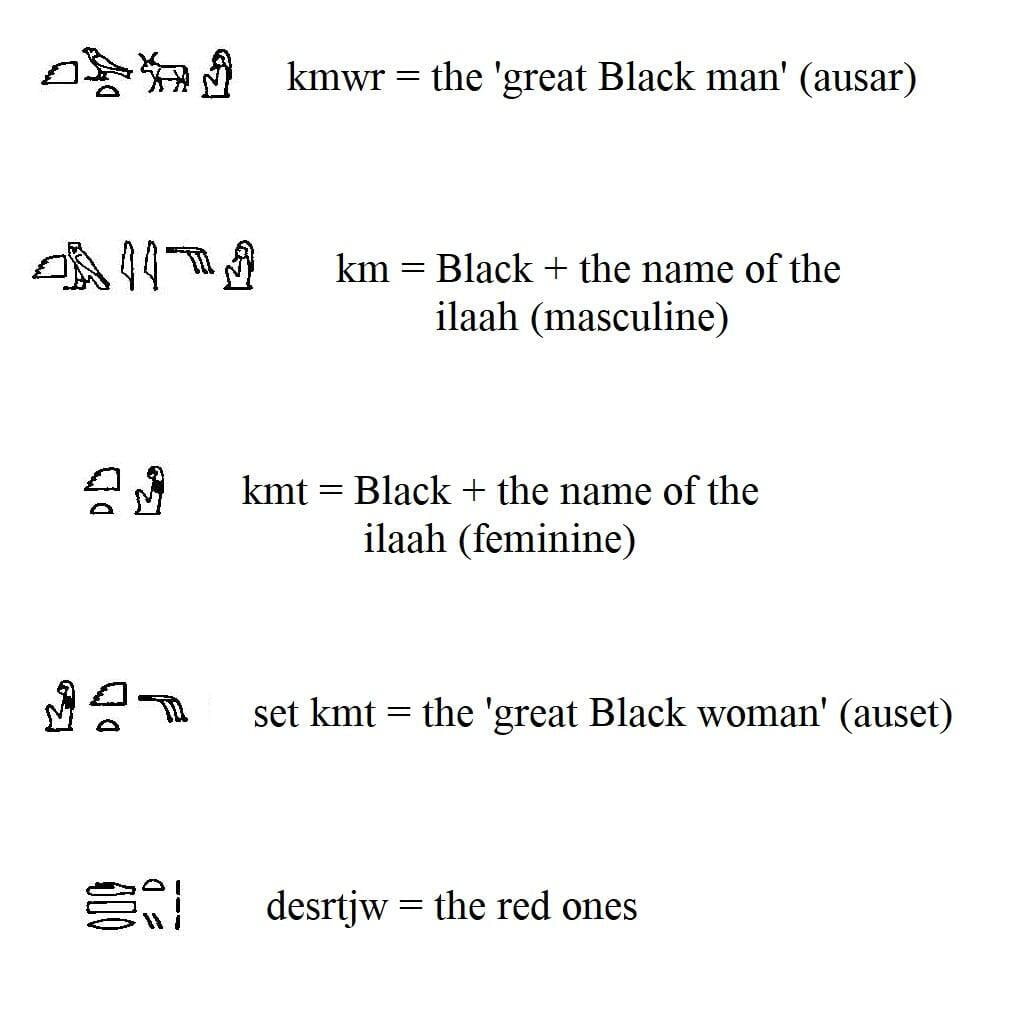
The surnames of the ilaahs are these:
kmt = Black + the name of the ilaah (woman)
Witness of the Bible
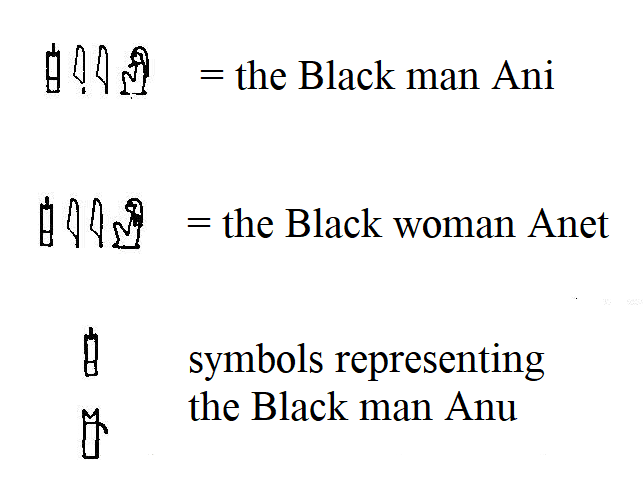
Conclusion
hargeisa, somaliland population 1,250,000
brazzaville, republic of congo population 2,200,000
havana, cuba population 3,000,000 port au prince, haiti population 800,000 kumasi, ghana population 1,600,000 lome, togo population 900,000
dar es salaam, tanzania population 3,500,000 matola, mozambique population 725,000 panama city, panama population 600,000
riyadh, saudi arabia population 9,000,000 gaborone, botswana population 300,000
mombasa, kenya population 900,000 kuala lumpur, malaysia population 2,000,000
kingston, jamaica population 1,500,000
luanda, angola population 4,000,000
phnom penh, cambodia population 2,500,000
addis ababa, ethiopia population 3,500,000
sanaa, yemen population 3,000,000
kinshasa, dr congo population 9,000,000
harare, zimbabwe population 2,500,000
shanghai, china population 22,000,000 cairo, egypt population 12,000,000
maracaibo, venezuela population 2,000,000 windhoek, namibia population 300,000
mexico city, mexico population 10,000,000 brikama, gambia population 85,000
nouakchott, mauritania population 750,000 kandahar, afghanistan population 600,000
khartoum, sudan population 3,000,000 kigali, rwanda population 850,000
ouagadougou, burkina faso population 2,000,000 quezon city, philippines population 4,000,000 bangui, central african republic population 620,000 n'djamena, chad population 850,000
anju, north korea population 400,000 libreville, gabon population 700,000
mumbai, india population 18,000,000 cape town, south africa population 4,500,000
georgetown, guyana population 300,000 sousse, tunisia population 250,000 lagos, nigeria population 10,000,000 ho chi minh, vietnam population 9,500,000 bata, equatorial guinea population 300,000 cotonou, benin population 900,000
dakar, senegal population 3,200,000 bafata, guinea bissau population 35,000 bamako, mali population 2,500,000 faisalabad, pakistan population 3,500,000
niamey, niger population 900,000 mogadishu, somalia population 3,000,000 bujumbura, burundi population 450,000 ndola, zambia population 450,000